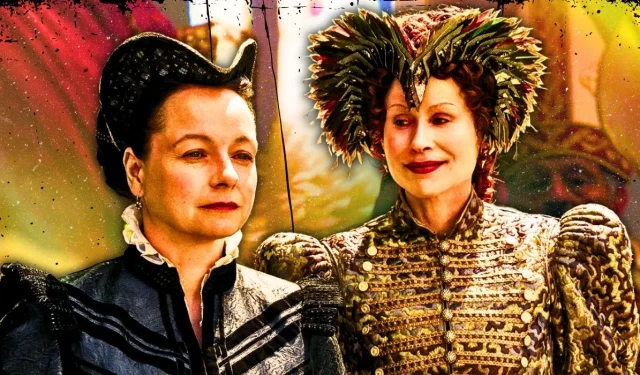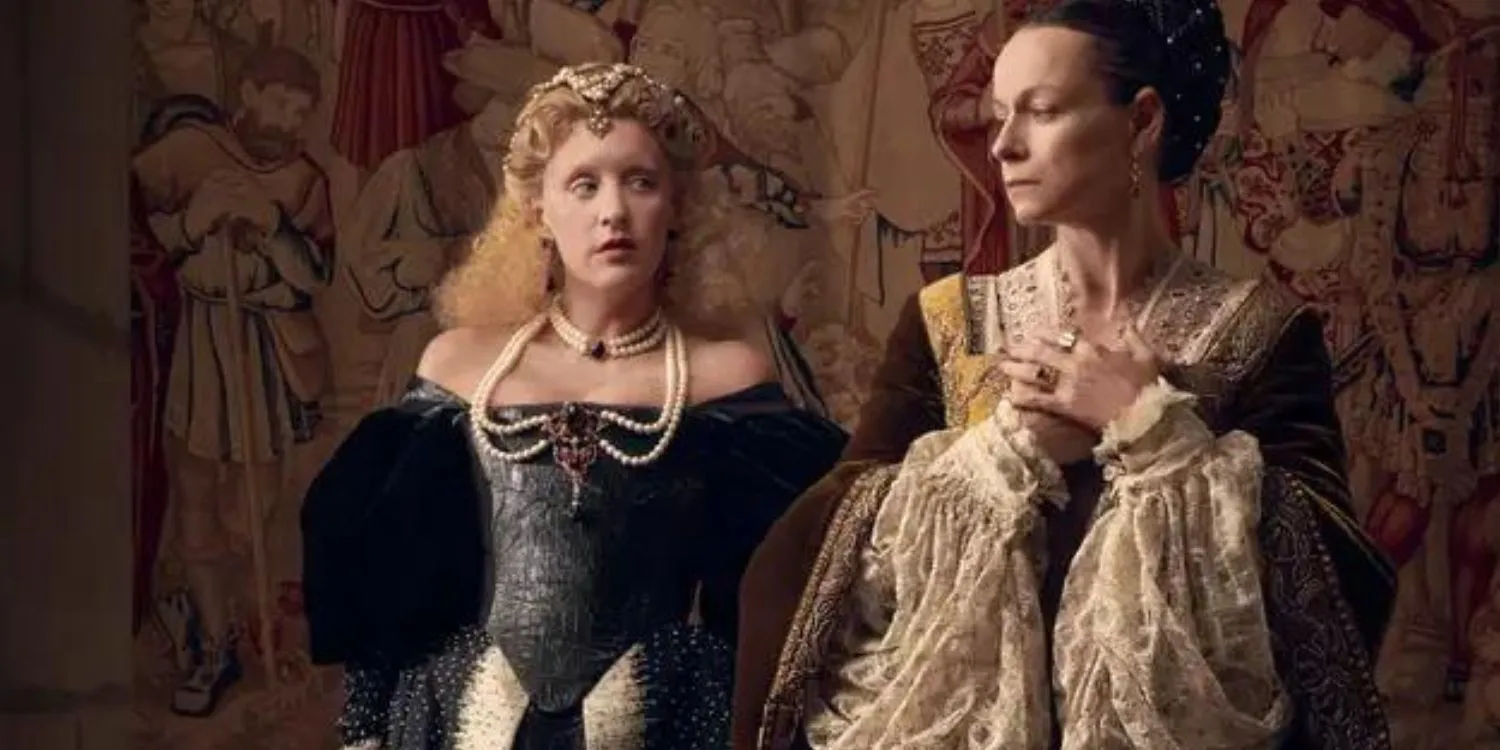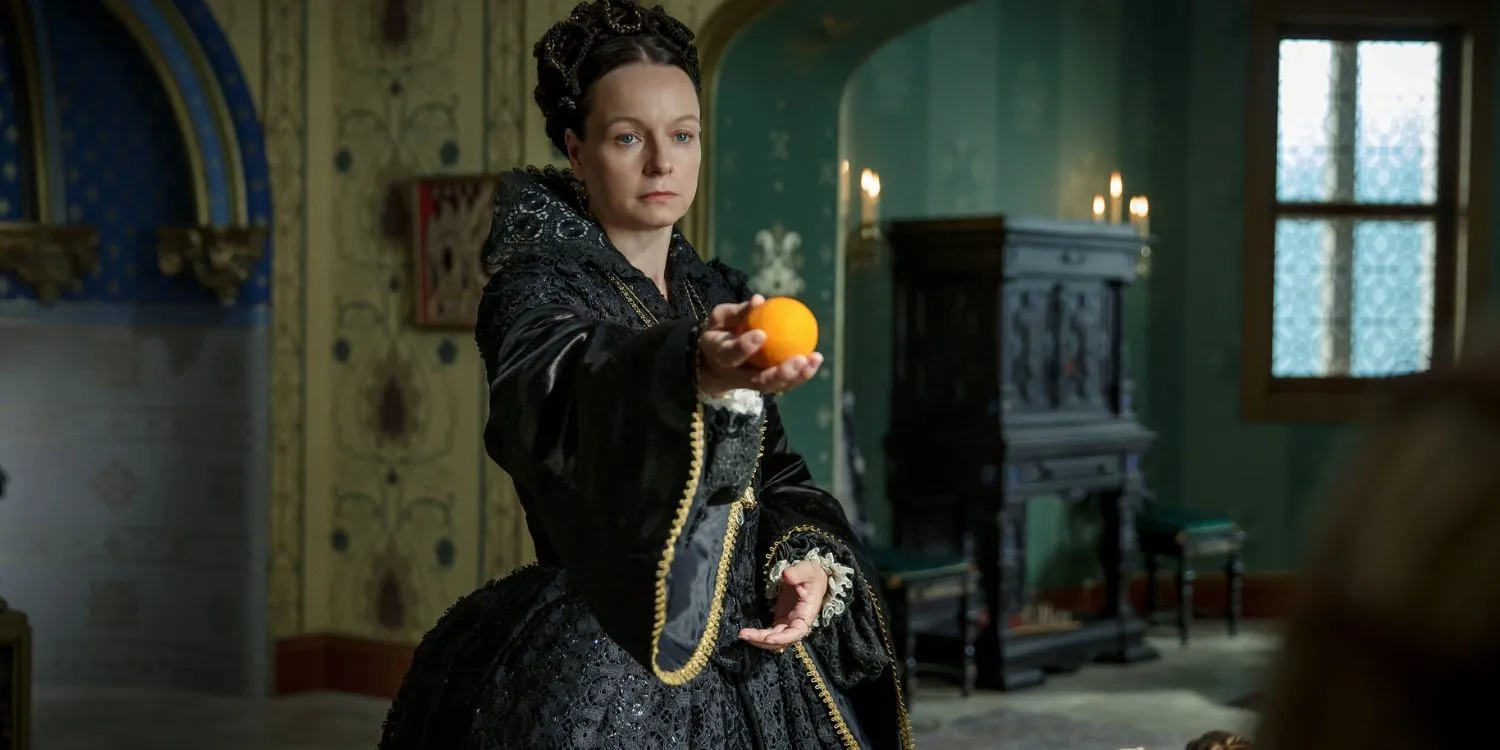
The historical drama series The Serpent Queen on Starz delves into the life of Catherine de Medici, who reigned as the Queen of France from 1547 until 1559. Portrayed by Samantha Morton as the older Catherine and Liv Hill as her younger self, the show navigates her journey starting from her betrothal to King Henry II, chronicling the shrewd and often ruthless strategies she employed to cement her legacy on the French throne.
Over two captivating seasons, The Serpent Queen showcases a blend of political drama and historical twists, maintaining a thread of truth about its characters and events. The series begins with Catherine narrating her story to a servant named Rahima, which opens a dialogue on the complexities of her character. This raises intriguing questions about her infamous title as the “Serpent Queen”and how she might have embodied that reputation.
Catherine de Medici: History and Her Infamous Nickname
Accusations of Poisoning Her Enemies


To fully grasp who Catherine de Medici was, one must first consider her lineage. The Medici family rose to prominence in the 13th century with the Medici Bank in Florence, eventually becoming Europe’s foremost banking family. Their strategic marriages, political maneuvers, and wealth fortified their dominance, resulting in three family members ascending to papal authority, marking their influence across Italy and beyond.
At just 14, Catherine wed Duke Henry of France, who later became King Henry II after the untimely demise of his elder brother, Francis. The evolution of her nickname, the “Serpent Queen,”stems from her involvement in the tumultuous events shaped by religious wars and political strife. Over time, she accumulated a notorious reputation for being accused of orchestrating deadly plots, both behind the scenes and through toxic means.
The justification behind this nickname may remain a topic of debate; however, the series embraces this darker narrative, emphasizing her complex persona.
The Accuracy of The Serpent Queen
Historical Veracity in Catherine De Medici’s Depiction

The first season of The Serpent Queen maintains considerable historical fidelity. Catherine’s upbringing in convents and her eventual marriage to Duke Henry II, arranged by her cousin Pope Clement VII, reflects true events. Their wedding in 1533 was significantly affected by Henry’s affair with his mistress Diane de Poitiers, which is faithfully represented.
Notably, the death of Henry’s elder brother, Francis III, following a tennis match in 1536, sets the stage for Henry’s rise to the throne. While the show portrays his death as a natural occurrence, court rumors of poisoning circulated wildly, leading to the execution of Sebastiano de Montecuccoli, whose possession of a poison book raised suspicions (as reported by Point de Vue).
Through the series, viewers witness pivotal moments in Catherine’s life, including the births of her ten children and the brief reigns of her husband and son Francis II, culminating in her advisory role to Charles IX after Henry’s tragic jousting accident in 1559.
Historical Inaccuracies in The Serpent Queen
Plot Deviations and Fabrications

Like many historical dramas, The Serpent Queen takes creative liberties. Significant alterations include the portrayal of Diane de Poitiers. While Henry favored Diane, the show inaccurately depicts Diane as a conspirator against Catherine. Contrary to the series, Diane reportedly encouraged her involvement in the court, aiming for them to have children together. Furthermore, Catherine did not banish Diane until after Henry’s death, rather than during his reign.
Historical records also lack evidence for the assassination plots against Catherine, including the supposed conspiracy involving Charles de Bourbon seeking her death in the woods. Within the series, Catherine is depicted as a manipulative tactician plotting against her own family, which lacks foundation in historical accounts.
Season 2 of the series veers further from factual history through entirely fictional characters and scenarios, such as the Protestant preacher Edith, which diminishes the narrative’s historical integrity. Additionally, the rumored invitation extended by Catherine to Queen Elizabeth for a potential alliance never materialized in actual historical events, reinforcing the show’s trend of prioritizing drama over accuracy.
Notable Omissions in The Serpent Queen
The Ignored Amboise Conspiracy


With two seasons packed with layers of drama, The Serpent Queen ultimately overlooks key historical events, particularly the Amboise Conspiracy. Officially named the Amboise Conspiracy, this violent uprising against the powerful Guise family illustrates crucial tensions in French politics.
The rebellion, led by minor lord La Renaudie and comprising 200 armed Protestants, sought to “liberate” King Francis II from the Jesuit-aligned Guise advisors in 1559. However, their plan was foiled, leading to severe repercussions for the conspirators, highlighting a significant but unexamined facet of that era in the show.
Exaggerated Legacy of Catherine de Medici
Mythologizing Catherine as a Ruthless Figure

In its storytelling, The Serpent Queen blends fact with fiction, leaning heavily into the darker narratives surrounding Catherine de Medici. Legends suggest she possessed psychic abilities or practiced witchcraft, elevating her mystique. Her historical ties to figures like Nostradamus and alchemist Cosimo Ruggieri add to this persona.
One particularly chilling scene in Season 2 portrays Catherine as a cold-blooded orchestrator of violence during the wedding of her daughter to Jeanne d’Albret’s son, inspiring gruesome parallels with the St. Bartholomew’s Day Massacre. Such dramatizations undoubtedly cement her reputation as a calculating leader willing to stain her hands with blood, a portrayal that reinforces the “Serpent Queen”narrative.
Ultimately, The Serpent Queen seeks to immortalize Catherine de Medici as a cunning and enigmatic figure, embodying the complexities and contradictions of her legacy.
Leave a Reply